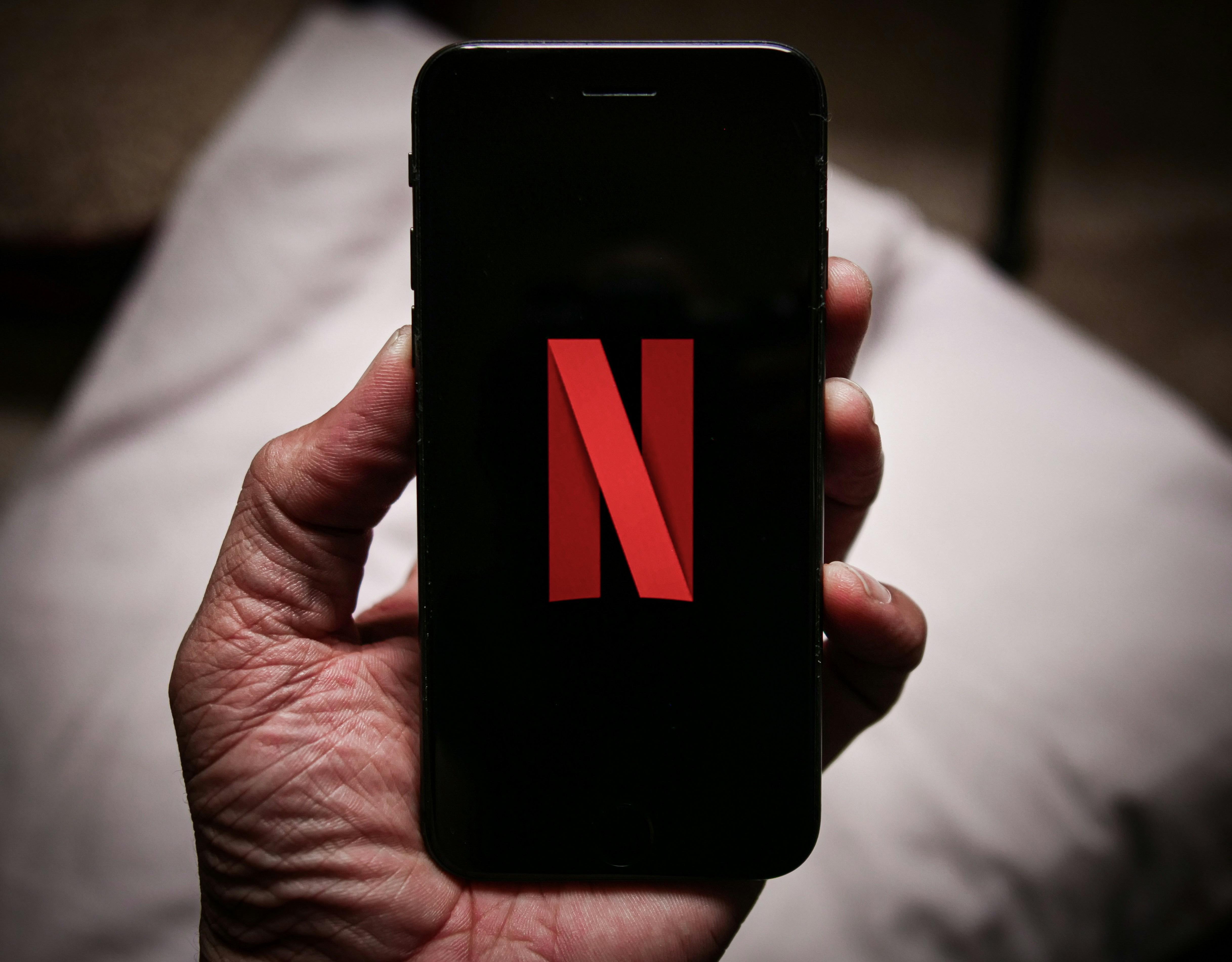In recent years, the landscape of film distribution and consumption has undergone a seismic shift, largely driven by the rapid ascent of streaming services. At the forefront of this transformation is Netflix, a digital platform that has not only revolutionized how audiences access content but also how films are considered for prestigious accolades like the Oscars. Traditionally dominated by theatrical releases, the Academy Awards have long been a bastion of cinematic achievement, celebrating films that grace the silver screens of theaters worldwide. However, the emergence of streaming giants poses a significant challenge to this status quo, prompting a reevaluation of what constitutes an ”Oscar-worthy” film. This article delves into the dynamic tension between streaming services and traditional theaters, examining how platforms like Netflix are reshaping the criteria for Oscar contention and what this means for the future of cinema.
Impact of Streaming Platforms on Traditional Oscar Campaigns
The rise of streaming platforms like Netflix has fundamentally altered the landscape of Oscar campaigns, traditionally dominated by theatrical releases. The convenience and accessibility of streaming services have made it easier for films to reach a broader audience, challenging the longstanding supremacy of cinema chains. This shift has prompted the Academy of Motion Picture Arts and Sciences to reconsider its eligibility criteria, allowing films that have limited or no theatrical release to compete for the prestigious awards. This evolution is reshaping the strategies employed by studios, pushing them to engage audiences through digital marketing and social media rather than relying solely on traditional promotional tours and screenings.
- Wider Audience Reach: Streaming platforms provide films with immediate access to a global audience, bypassing geographical and logistical constraints.
- Budget Efficiency: Digital campaigns often require less financial investment compared to the costs associated with theatrical releases and physical marketing materials.
- Content Diversity: Streaming services are more likely to take risks on unconventional or niche films, offering a platform for diverse storytelling that might not thrive in traditional theaters.
While some cinephiles lament the diminishing role of theaters, others argue that streaming services democratize access to high-quality films, fostering a more inclusive environment for both filmmakers and audiences. As streaming platforms continue to gain influence, the traditional Oscar campaign is evolving into a hybrid model that embraces both digital and theatrical elements, potentially leading to a more dynamic and varied slate of nominees.

Comparative Analysis of Netflixs Strategies Versus Traditional Theatrical Releases
The emergence of streaming platforms like Netflix has introduced a paradigm shift in the entertainment industry, challenging the long-standing dominance of traditional theatrical releases. Netflix’s strategies focus on global reach and accessibility, releasing films simultaneously worldwide, thereby bypassing the traditional theatrical window. This approach democratizes access to content, allowing viewers from different regions to experience new releases at the same time. Traditional theaters, on the other hand, rely on exclusive release windows to maximize box office revenue, which often results in staggered release dates across different countries.
- Accessibility and Convenience: Netflix offers on-demand viewing, allowing audiences to watch films at their convenience, without the constraints of showtimes.
- Cost Efficiency: Streaming subscriptions offer a more cost-effective option compared to individual movie tickets, particularly for frequent viewers.
- Cultural Impact: Theaters have historically been cultural hubs, offering a communal experience that streaming platforms struggle to replicate.
While Netflix’s model emphasizes accessibility and cost-efficiency, traditional theaters still hold the advantage in providing a communal and immersive cinematic experience. This ongoing battle between streaming services and theaters is reshaping the film industry, as both sides adapt to the evolving preferences of global audiences.
Shifts in Audience Preferences and Their Influence on Oscar Nominations
The transformation in audience preferences over recent years has had a profound impact on Oscar nominations, with streaming services like Netflix at the forefront of this shift. As the traditional movie-going experience competes with the convenience of home viewing, audiences have become more inclined towards diverse and unconventional narratives often showcased on streaming platforms. This evolution in viewer habits has led to a more eclectic mix of films being considered for the prestigious awards. Streaming services have empowered audiences to explore international films, documentaries, and indie projects that might have otherwise gone unnoticed in traditional theaters.
These changes are reflected in the nomination patterns, where films distributed by streaming services are increasingly recognized alongside those released in theaters. This trend highlights a shift in what is deemed Oscar-worthy, with a growing emphasis on:
- Diverse storytelling that resonates with global audiences
- Innovative content that challenges traditional genre boundaries
- Inclusivity and representation, bringing a wider range of voices to the forefront
As a result, the Oscars are witnessing a broadening of their artistic scope, influenced by the dynamic interplay between evolving audience tastes and the strategic positioning of streaming platforms in the film industry.

Recommendations for Theaters Competing in a Streaming-Dominated Market
In a landscape where streaming platforms are rapidly gaining ground, traditional theaters must adopt innovative strategies to remain relevant. Here are several recommendations for theaters looking to compete effectively:
- Enhance the Cinematic Experience: Theaters should focus on offering unique experiences that streaming services can’t replicate. This could include state-of-the-art sound systems, 3D and IMAX screenings, or interactive audience events.
- Flexible Pricing Models: Introducing tiered pricing or subscription-based models could attract a broader audience. Consider special pricing for off-peak hours or loyalty programs that reward frequent visitors.
- Local and Indie Film Showcases: By showcasing local and independent films, theaters can provide a platform for diverse voices and stories that may not receive attention on larger streaming platforms.
- Community Engagement: Hosting film festivals, Q&A sessions with filmmakers, or themed nights can turn the theater into a community hub, fostering a sense of belonging and encouraging repeat visits.
By implementing these strategies, theaters can carve out a niche that appeals to both movie enthusiasts and casual viewers, ensuring their survival and relevance in a streaming-dominated world.
